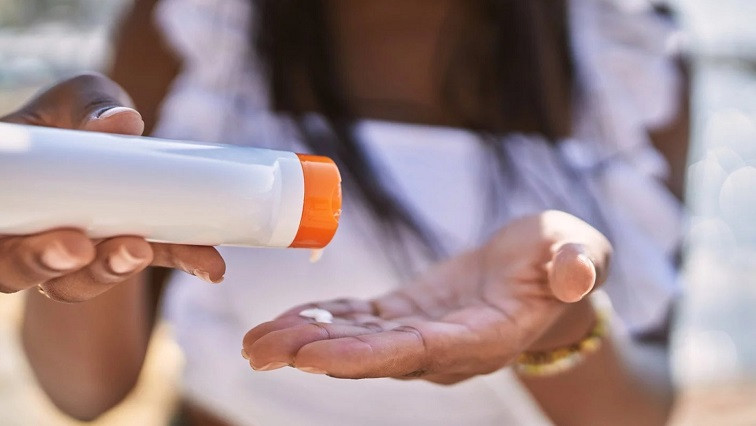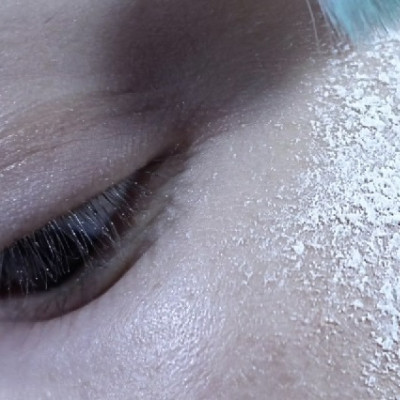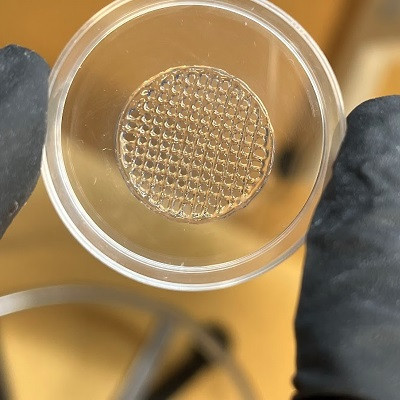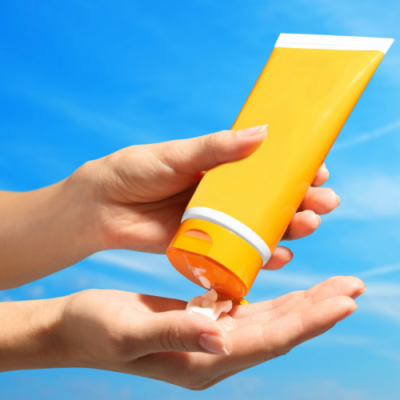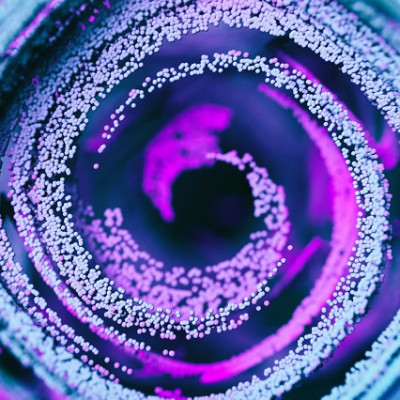A lucky accident led Paul Bollykyto something that could revolutionize a summertime ritual. The Stanford immunologist and infectious disease specialist studies bacteriophages, viruses that consume infection-causing bacteria. One day, while cleaning lab surfaces with ultraviolet light, Bollyky accidentally exposed some bacteriophages to the light, but they remained unscathed. Their shapes seemed to protect their DNA from the rays.
“It made me think of how sunscreen protects our skin,” Bollyky recalled. “What if these biodegradable bacteriophages could do the same thing, but without damaging ocean life?”
Thousands of tons of sunscreen wash through U.S. reef areas every year, according to the National Park Service. Scientists have known for some time that oxybenzone, an organic compound found in many sunscreens, can disrupt corals’ life cycles. As a result, sunscreens with this compound have been banned in the U.S. Virgin Islands and Hawaii, the island nation of Palau, and Bonaire, an island municipality of the Netherlands, among other places. Because oxybenzone and other active ingredients in sunscreens can cross tissues, they can accumulate in human cells and tissues in toxic ways.
Back at his lab, Bollyky and other researchers in his group started “mucking around,” trying to identify and engineer naturally occurring bacteriophages to resemble the ultraviolet light-deflecting nanoparticles found in sunscreens. Bacteriophages infect bacteria but not human cells. Among the most abundant organisms on Earth, bacteriophages have evolved structures and mechanisms that allow them to absorb or deflect ultraviolet light.
“We thought maybe we can then use them as a novel form of sunscreen because they are so abundant and completely biodegradable,” Bollyky said. Bacteriophages are used in a range of medicine and biotechnology applications, including monoclonal antibodies, therapeutics, and genetics research. “So it's really not as crazy as it sounds,” Bollyky said. “We like to think that it's appropriately adventurous.”
Hundreds of experiments later, Maryam Hajfathalian, a postdoctoral scholar in the Bollyky Lab who focuses on how to use bacteriophages as nanoparticles, identified bacteriophages especially adept at absorbing wavelengths of light in the range that damages skin. That’s when the phone rang.
Julie Pourtois, a biology graduate student who had heard about the Bollyky’s work, wanted to know if bacteriophages could help abalone fight off a withering syndrome caused by bacteria. Pourtois invited Bollyky to Stanford’s Hopkins Marine Station to continue the conversation with Pourtois’s adviser, marine ecologist Giulio De Leo, an expert in host-parasite interactions and conservation biology.
“This is an ecosystem where strange marriages are possible,” said De Leo, a veteran of numerous cross-disciplinary collaborations at Stanford. In the summer of 2023, Pourtois and Stanford undergraduate students Piper Fleming and Ronit Jain conducted a pilot experiment with sand dollar embryos at the Hopkins Marine Station. They found that bacteriophages selected by Hajfathalian to absorb wavelengths of light in the range that damages skin did not affect embryonic development, whereas commercial sunscreens did.
By engineering bacteriophages to be non-infectious, the researchers obtained inert viral capsids that could be used as active ingredients in sunscreens. These bacteriophages are biodegradable and abundantly available. They also appear to do a better job than conventional nanoparticles used in sunscreens when it comes to protecting skin from UV rays, according to analyses by Hajfathalian, mechanical engineering Phd student Sebastian Hendrickx-Rodriguez, and Reinhold Dauskardt, the Ruth G. and William K. Bowes Professor in Stanford’s Department of Materials Science and Engineering.
Since receiving funding for their project through the Stanford Woods Institute for the Environment’s Realizing Environmental Innovation Program, the team has continued to investigate the safety and efficacy of bacteriophages as sunscreens. Their findings could pave the way for a new generation of sun protection products that are not only effective in shielding against harmful UV rays but also environmentally friendly and biodegradable.
Beyond sunscreen development, the researchers foresee broader uses for bacteriophages in ink pigments, coatings, and other applications. Their versatility and ease of manipulation make bacteriophages attractive candidates for a range of industries. “There's a lot of different utilities that we're just beginning to explore,” De Leo said. “This kind of collaboration is exciting because it has no set boundaries.”
Read the original article on Stanford University.

